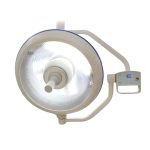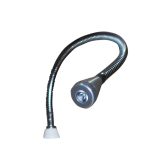Incandescent vs LED Lighting: Understanding the Differences and Benefits

Lighting is an essential aspect of our daily lives, and it has evolved over the years to become more energy-efficient and cost-effective. Incandescent and LED lighting are two of the most common types of lighting used in homes and businesses today. While both serve the same purpose of illuminating spaces, they differ significantly in terms of operation, energy efficiency, and longevity. Understanding the differences between incandescent and LED lighting can help you make informed decisions when it comes to choosing the right lighting solution for your needs. Incandescent lighting has been around for over a century and is the most traditional form of lighting. It operates by passing an electric current through a filament, which then heats up and emits light. However, incandescent lighting is not energy-efficient, as it wastes a lot of energy in the form of heat. In contrast, LED lighting is a newer technology that operates by passing an electric current through a semiconductor material, producing light in the process. LED lighting is much more energy-efficient than incandescent lighting and can last up to 25 times longer. In this article, we will explore the differences between incandescent and LED lighting, their benefits, and how to choose the right lighting solution for your needs.
Incandescent lighting is a traditional lighting technology that has been used for over a century. It works by passing electricity through a thin filament, which heats up and emits light. While incandescent bulbs are inexpensive and widely available, they have a relatively short lifespan and are not very energy-efficient. LED lighting, on the other hand, is a newer technology that uses semiconductors to emit light. LEDs are extremely energy-efficient, lasting up to 25 times longer than incandescent bulbs, and they produce less heat. While LED bulbs can be more expensive upfront, they ultimately save money in the long run due to their longevity and energy efficiency. Additionally, LED lighting offers a wide range of color temperatures and can be used in a variety of applications, from home lighting to commercial and industrial settings.
Lighting plays a crucial role in our daily lives, affecting everything from our mood to our productivity. Proper lighting can create a comfortable and inviting atmosphere in our homes, workplaces, and public spaces. In addition to enhancing the aesthetics, lighting also affects our health and well-being. The right lighting can reduce eye strain, improve sleep quality, and even boost our immune system. With the rise of LED technology, the benefits of efficient and sustainable lighting are becoming more accessible to everyone. By choosing the right type of lighting, we can improve our quality of life while also reducing our environmental impact.
The Science Behind Lighting
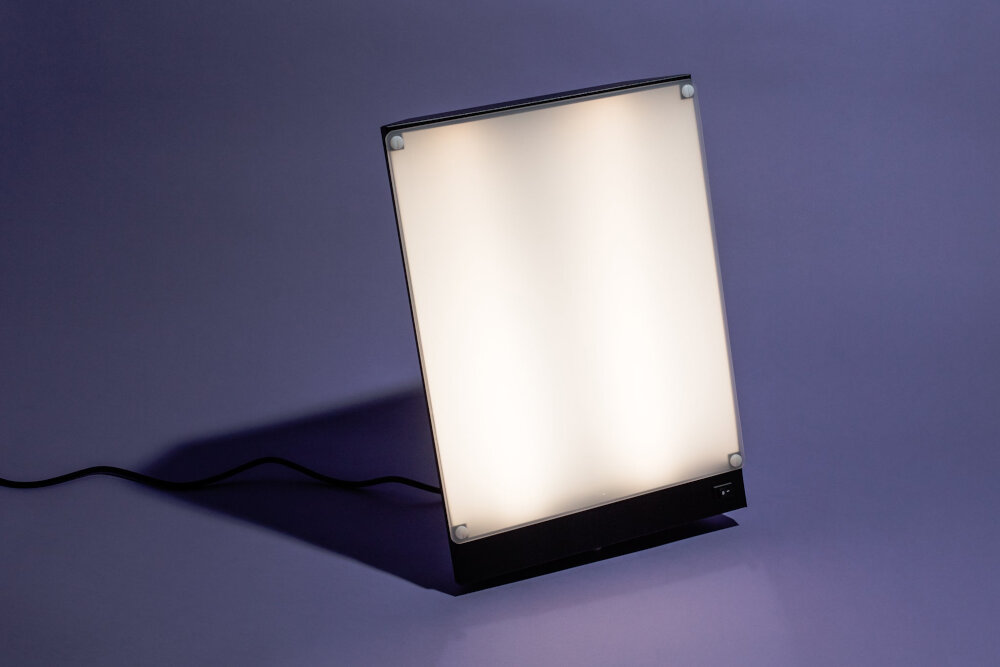
Lighting is a crucial aspect of our daily lives, and it is essential to understand the science behind it. The primary sources of lighting available to us are incandescent and LED lighting. Incandescent bulbs operate based on a simple principle: when an electrical current flows through a filament, it heats up and emits light. However, this process is not very efficient, as a significant amount of energy is lost as heat. On the other hand, LED lighting works based on the principle of electroluminescence – the process of converting electrical energy into light. LEDs use semiconductors that emit photons when a current is applied, making them much more energy-efficient than incandescent bulbs. Lighting technology has come a long way since the invention of incandescent bulbs. LEDs are now the preferred choice for most lighting applications due to their energy efficiency, long lifespan, and environmental friendliness. In addition to being more energy-efficient, they also emit less heat, making them safer to use. Furthermore, LED lighting can be programmed to emit different colors and brightness levels, making them versatile and suitable for a wide range of applications. Understanding the science behind lighting is crucial in choosing the right lighting solution for your needs, and with the advancements in technology, the possibilities for lighting are endless.
Incandescent lighting is a type of lighting that works by using a filament that is heated to a high temperature, causing it to give off light. The filament is made of a thin wire of tungsten, which is a material that has a high melting point and is very resistant to heat. When an electric current is passed through the filament, it heats up and emits light. The light produced by incandescent lighting is warm and yellowish in color, which can be pleasing to the eye. However, this type of lighting is not very energy-efficient, as much of the energy that is used is lost as heat. This is why many people are turning to LED lighting, which is much more efficient and long-lasting.
LED lighting works by using a semiconductor material that emits light when an electric current passes through it. This process is called electroluminescence. The semiconductor is known as a diode, and it’s made up of two layers of material: one with an excess of electrons (n-type) and the other with a deficit of electrons (p-type). When an electric current is applied to the diode, the electrons move from the n-type layer to the p-type layer, releasing energy in the form of light. The color of the light depends on the materials used in the diode. LED lighting is much more efficient than incandescent lighting because it doesn’t produce as much heat, and it lasts much longer. Additionally, LED lighting doesn’t contain any hazardous materials, making it a more environmentally friendly option.
Energy efficiency is a crucial factor to consider when choosing lighting options for your home or business. Incandescent bulbs are known for being inefficient, with only 10% of the energy they consume being converted into light. The remaining 90% is wasted as heat. On the other hand, LED lighting is highly efficient, with up to 90% of the energy it consumes being converted into light. This means that LED bulbs use significantly less energy than incandescent bulbs to produce the same amount of light. In addition, LED bulbs have a longer lifespan than incandescent bulbs, which means they not only save energy but also reduce the need for frequent replacements. Overall, the differences in energy efficiency between incandescent and LED lighting are significant, with LED lighting being the clear winner in terms of energy savings and sustainability.
Environmental Impact

One of the most significant differences between incandescent and LED lighting is their environmental impact. Incandescent bulbs are known for their inefficiency, as they tend to waste a lot of energy in the form of heat. This means that they consume more energy than LED bulbs, resulting in higher greenhouse gas emissions and air pollution. In fact, it is estimated that if every household in the US switched to LED bulbs, it would reduce carbon emissions by over 90 million metric tons per year. Furthermore, incandescent bulbs contain small amounts of toxic chemicals, such as mercury, which can be harmful to the environment and human health. As a result, they must be disposed of carefully to prevent the release of these chemicals into the environment. On the other hand, LED lighting is much more environmentally friendly. LED bulbs use up to 80% less energy than incandescent bulbs, which not only reduces greenhouse gas emissions but also saves on electricity bills. Additionally, LED bulbs can last up to 25 times longer than incandescent bulbs, which means that they need to be replaced less frequently, reducing waste. LED bulbs are also free of toxic chemicals, making them safe to dispose of and less harmful to the environment. Overall, LED lighting is a much more sustainable and eco-friendly option than incandescent lighting.
One of the most significant differences between incandescent and LED lighting is their impact on carbon emissions. Incandescent bulbs are notorious for their inefficiency, as they convert only 5-10% of the energy they use into light, with the rest being wasted as heat. This means that they require a much higher amount of energy to produce the same amount of light as an LED bulb, resulting in significantly higher carbon emissions. In contrast, LED bulbs are highly efficient, converting up to 90% of their energy into light, and therefore require less energy to produce the same amount of light as an incandescent bulb. This translates into significantly lower carbon emissions, making LED lighting a more environmentally-friendly option.
While discussing the differences and benefits of incandescent and LED lighting, it is worth comparing their respective impacts on waste management. Incandescent bulbs waste a significant amount of energy through heat dissipation, which not only drives up electricity costs but also contributes to environmental waste. In contrast, LED bulbs are much more energy-efficient, producing little to no heat and lasting significantly longer than incandescent bulbs. This not only reduces electricity usage and costs but also minimizes the need for frequent replacements, ultimately decreasing waste production. Therefore, LED lighting is a more sustainable and eco-friendly option, making it a smart choice for those looking to reduce their environmental impact.
The potential for eco-friendly lighting options has been on the rise in recent years due to the increasing awareness of the environmental impact of traditional lighting sources. LED lighting technology has been at the forefront of this movement, offering several benefits over incandescent bulbs, including energy efficiency, longer lifespan, and reduced heat emission. LED bulbs also do not contain hazardous materials such as mercury, making them easier to dispose of and recycle. Additionally, LED lighting allows for greater control over lighting intensity, color temperature, and direction, making it a versatile option for various settings. As sustainability becomes an essential consideration in all aspects of life, eco-friendly lighting options such as LEDs will continue to play a crucial role in reducing energy consumption and minimizing carbon footprint.
Cost Comparison
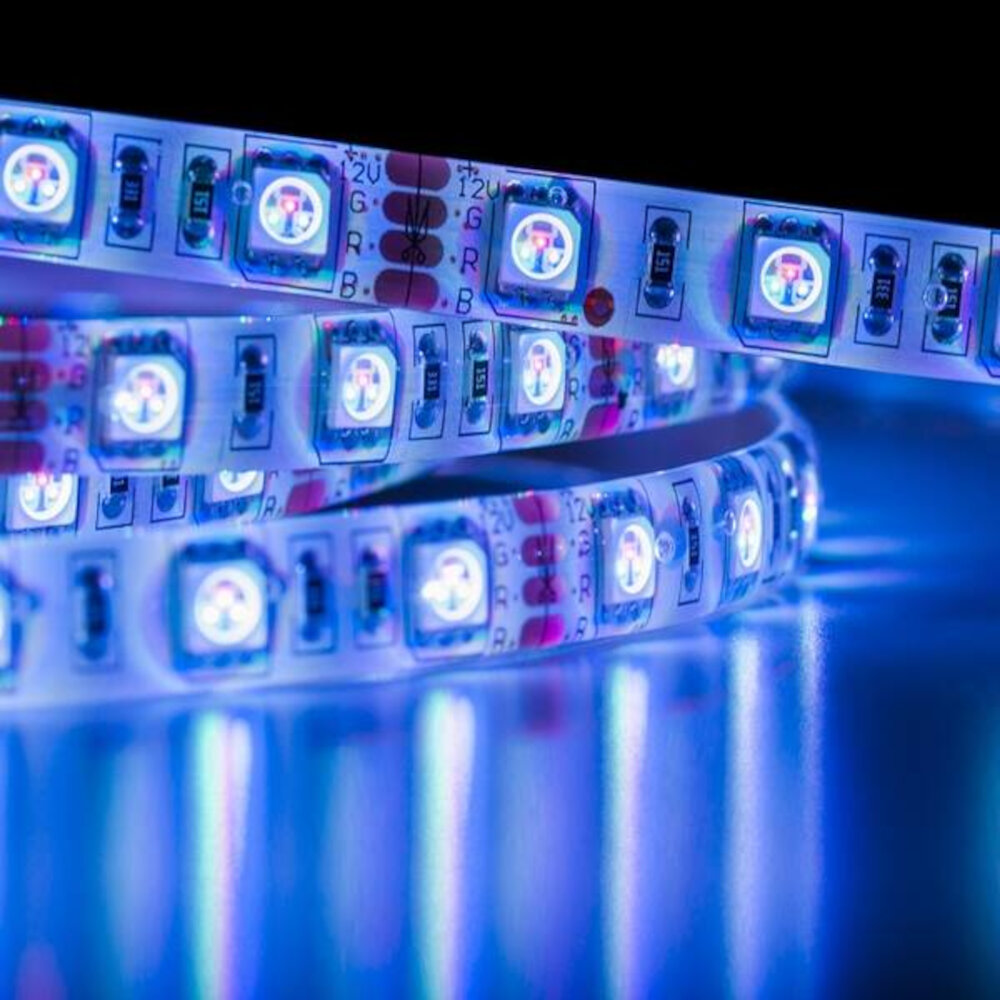
When comparing the cost of incandescent vs LED lighting, it is important to consider both the upfront cost and the long-term savings. While incandescent bulbs are cheaper to purchase initially, they have a shorter lifespan and use more energy, ultimately costing more in the long run. LED bulbs, on the other hand, have a higher upfront cost but last significantly longer and use less energy, resulting in substantial savings over time. In fact, according to the Department of Energy, switching to LED bulbs can save an average household over $100 per year on energy bills. Another factor to consider when comparing the cost of incandescent vs LED lighting is the environmental impact. Incandescent bulbs are less energy-efficient, which means they require more power and emit more greenhouse gases. LED bulbs, on the other hand, use less energy and have a lower carbon footprint, making them a more eco-friendly choice. Additionally, LED bulbs do not contain any hazardous materials, such as mercury, which can be harmful to the environment if not disposed of properly. Overall, while LED bulbs may have a higher initial cost, their long-term savings and environmental benefits make them a more cost-effective and sustainable choice.
When comparing incandescent and LED lighting, one of the primary differences is the initial cost of bulbs. While incandescent bulbs are generally cheaper to purchase upfront, they have a significantly shorter lifespan and are far less energy-efficient than their LED counterparts. LED bulbs may cost more initially, but they last significantly longer and use far less energy, resulting in significant cost savings over time. In fact, LED lights can last up to 25 times longer than incandescent bulbs, making them a more cost-effective option in the long run. Additionally, LED bulbs come in a variety of styles and colors, making them a versatile and attractive option for any lighting needs.
Making the switch from incandescent lighting to LED lighting can result in significant long-term cost savings. While the initial cost of LED bulbs may be higher, they use significantly less energy and last much longer than traditional incandescent bulbs. This means that over time, the cost of replacing incandescent bulbs multiple times will add up, whereas LED bulbs can last for years without needing to be replaced. Additionally, LED bulbs emit less heat, which can help reduce cooling costs in warmer climates. Finally, LED lighting is more efficient, meaning that less energy is wasted as heat, further reducing electricity costs. Overall, investing in LED lighting can result in substantial savings over the long term.
Return on investment (ROI) is an important aspect to consider when making any investment, including lighting. LED lighting has a higher initial cost compared to incandescent lighting, but over time, the cost savings from LED lighting can result in a higher ROI. LED lighting has a longer lifespan, uses less energy, and requires less maintenance compared to incandescent lighting. These factors contribute to a lower total cost of ownership and a higher ROI. Additionally, LED lighting can improve the overall quality of light, which can lead to increased productivity and customer satisfaction. Therefore, when considering lighting options, it is important to look beyond the initial cost and consider the potential long-term cost savings and benefits.
Choosing the Right Lighting for Your Needs
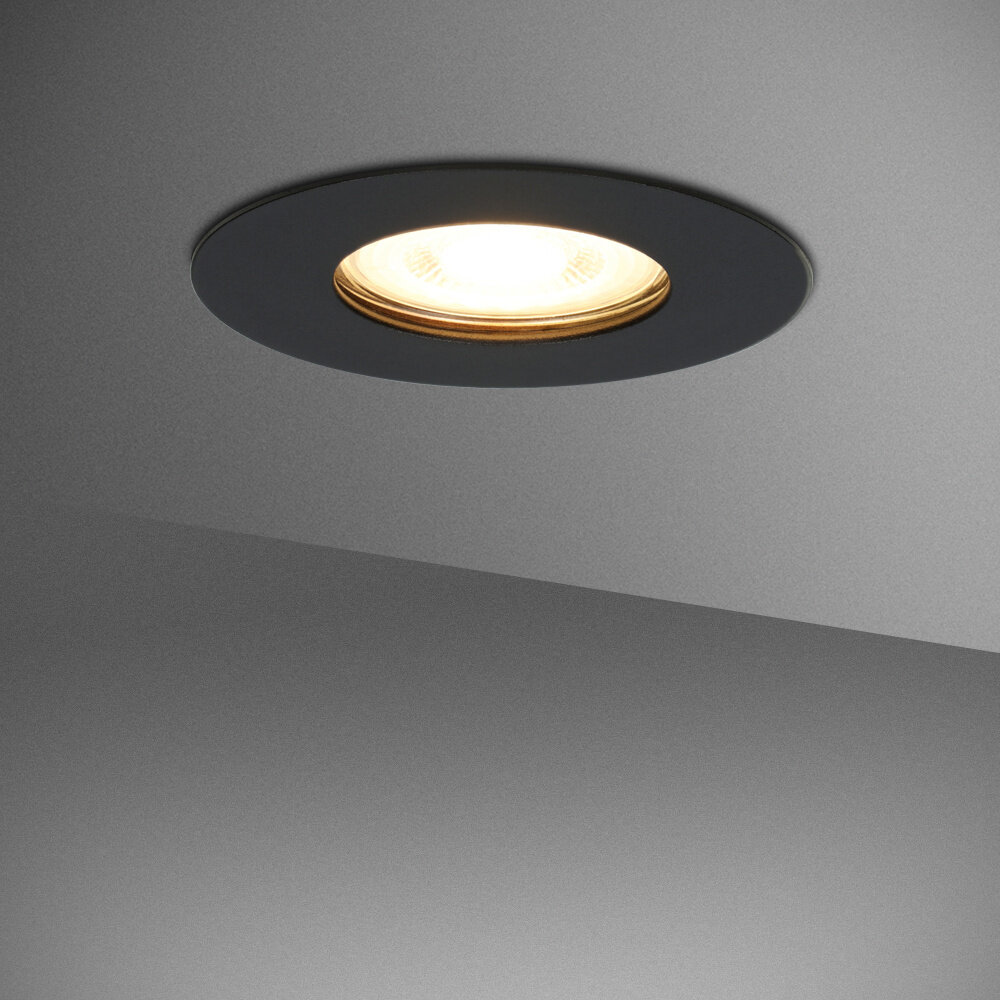
The right lighting can make a significant difference in any space. Whether you are looking to improve the ambiance of your living room, or you need task lighting for your home office, choosing the right lighting is essential. One of the most significant considerations when selecting lighting is the type of bulb you choose. Incandescent and LED bulbs are two of the most common options. Incandescent bulbs are the traditional choice, but they are less energy-efficient and less durable than LED bulbs. LED bulbs are a newer technology, and they offer many benefits over incandescent bulbs. They are more energy-efficient, longer-lasting, and they emit less heat. LED bulbs are also available in a range of colors, making them ideal for creating ambiance or highlighting architectural features. When choosing the right lighting for your needs, it is important to consider the purpose of the space. If you are looking for task lighting, such as for reading or working at a desk, you will want a brighter light that is focused on the area you are working in. If you are looking for ambient lighting, such as for entertaining guests or creating a relaxing atmosphere, you may want a softer, more diffused light. Additionally, you may want to consider the color temperature of the lighting. Warmer colors are typically more relaxing, while cooler colors can be more energizing. By considering these factors, you can choose the right lighting for your needs and create a space that is both functional and inviting.
When it comes to choosing between incandescent and LED lighting, there are several factors to consider. One of the most significant factors is energy efficiency since LEDs are much more energy-efficient than incandescent bulbs. Additionally, the lifespan of the bulbs is also crucial since LEDs have a much longer lifespan than incandescent bulbs. Other factors to consider include the initial cost, color temperature, and dimming capabilities. The initial cost of LEDs may be higher, but the energy savings and longer lifespan can make up for the difference in the long run. The color temperature of the bulbs also differs, with LEDs offering a wider range of color options. Finally, if dimming capabilities are necessary, then LEDs are the better option since they can be dimmed without affecting their lifespan, unlike incandescent bulbs.
Personal preferences play a crucial role in the choice of lighting fixtures for homes or commercial spaces. Some people prefer the warm, cozy glow of incandescent bulbs, while others opt for the energy-efficient and eco-friendly LED lighting. Incandescent bulbs emit light by heating a filament, which can make them less durable and more energy-consuming than their LED counterparts. However, they are often preferred for their color rendering, which is more natural and flattering to skin tones. On the other hand, LED lights use less energy and last longer than incandescent bulbs, making them a popular choice for those seeking to reduce their carbon footprint and save money on electricity bills. Ultimately, the choice between incandescent and LED lighting depends on personal preferences and needs, as well as the intended use and ambiance of the space.
When it comes to choosing between incandescent and LED lighting, it’s important to consider the different settings where lighting is needed. In a home setting, LED lighting is highly recommended due to its energy efficiency and longer lifespan, which can save homeowners money on their electricity bills and replacement costs. In an office setting, LED lighting is also a great choice as it can provide better lighting conditions for increased productivity and reduced eye strain. For outdoor settings, both incandescent and LED lighting can be used, but LED lighting is preferred due to its durability and ability to withstand harsh weather conditions. Additionally, LED lighting can provide better visibility and safety for outdoor areas such as pathways or parking lots. Overall, the choice between incandescent and LED lighting ultimately depends on the specific needs and requirements of each setting.
The key differences between incandescent and LED lighting are significant. Incandescent lighting uses a filament heated to high temperatures to produce light, while LED lighting uses a semiconductor that emits light when an electrical current passes through it. LED lighting is more energy-efficient, emits less heat, and has a longer lifespan than incandescent lighting. It also offers a broader range of color options and doesn’t contain harmful substances such as mercury. Although LED lighting may have a higher upfront cost, the long-term savings in energy costs and maintenance make it a more cost-effective option. In conclusion, making the switch from incandescent to LED lighting has numerous benefits, including energy savings, increased lifespan, and reduced environmental impact.
In conclusion, switching to LED lighting can bring numerous benefits to your home or business. Not only do LEDs last longer and use less energy, but they also emit less heat and are more environmentally friendly. While the initial cost of LED bulbs may be higher than traditional incandescent bulbs, the long-term savings in energy costs and replacement bulbs make them a smart investment. Additionally, with the variety of colors and styles available, LED lighting can enhance the aesthetic appeal of any space. Making the switch to LED lighting is a simple and effective way to improve the efficiency and appearance of your lighting while also contributing to a more sustainable future.
As we strive for a more sustainable future, it’s crucial to make conscious choices when it comes to lighting. By choosing LED lighting over traditional incandescent bulbs, we can make a significant impact on both our energy consumption and the environment. LEDs use significantly less energy and last up to 25 times longer than incandescent bulbs, ultimately reducing waste and lowering our carbon footprint. So let’s make a call to action to switch to more sustainable lighting choices by educating ourselves, making informed decisions, and supporting companies that prioritize eco-friendliness. Together, we can make a positive impact on our planet and create a brighter, more sustainable future.
Conclusion
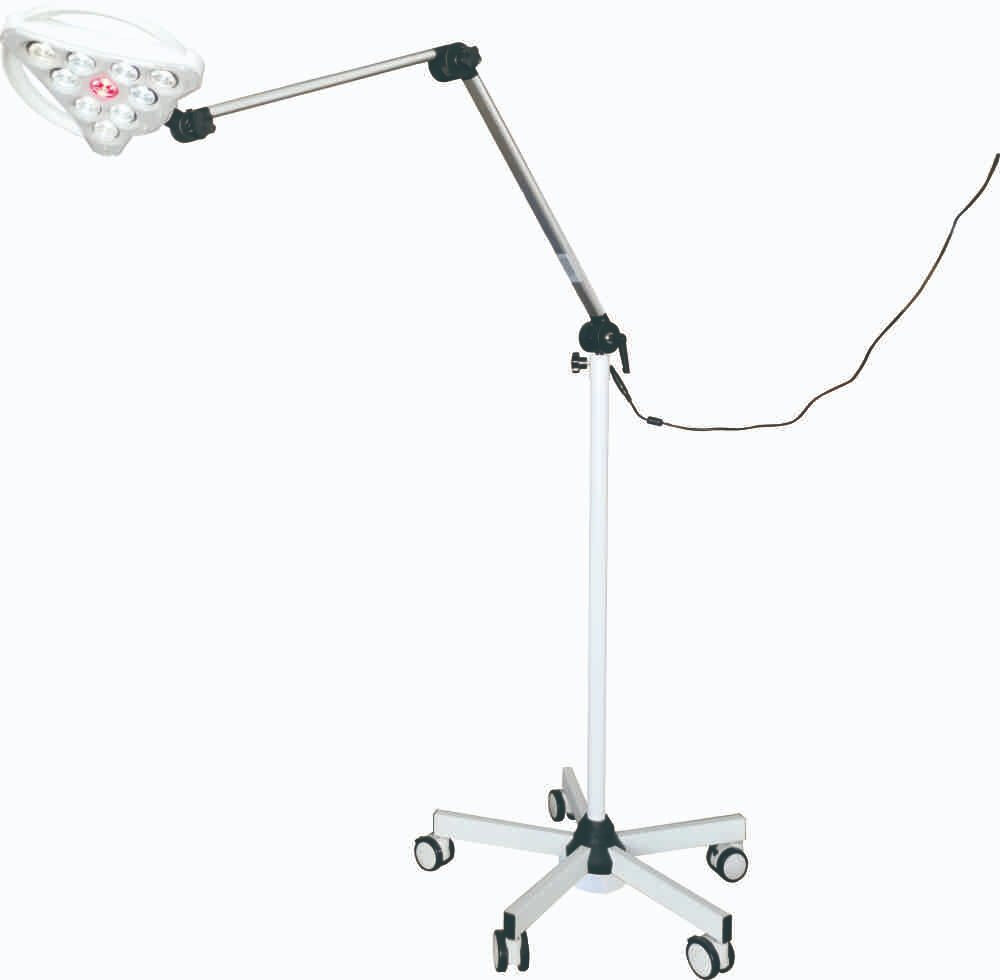
In conclusion, the debate between incandescent and LED lighting has been ongoing for quite some time. While incandescent bulbs have been a staple in households for over a century, the advancements in LED technology have made it a more viable and energy-efficient option. LED lighting not only lasts longer but also uses less electricity, making it a more cost-effective choice in the long run. Additionally, LED bulbs emit less heat, making them safer to use and reducing the risk of fire. Though LED bulbs may come with a higher price tag, their benefits outweigh the cost, making them a wise investment for both homeowners and businesses. Ultimately, the decision between incandescent and LED lighting comes down to personal preference and the specific needs of the space being illuminated.

